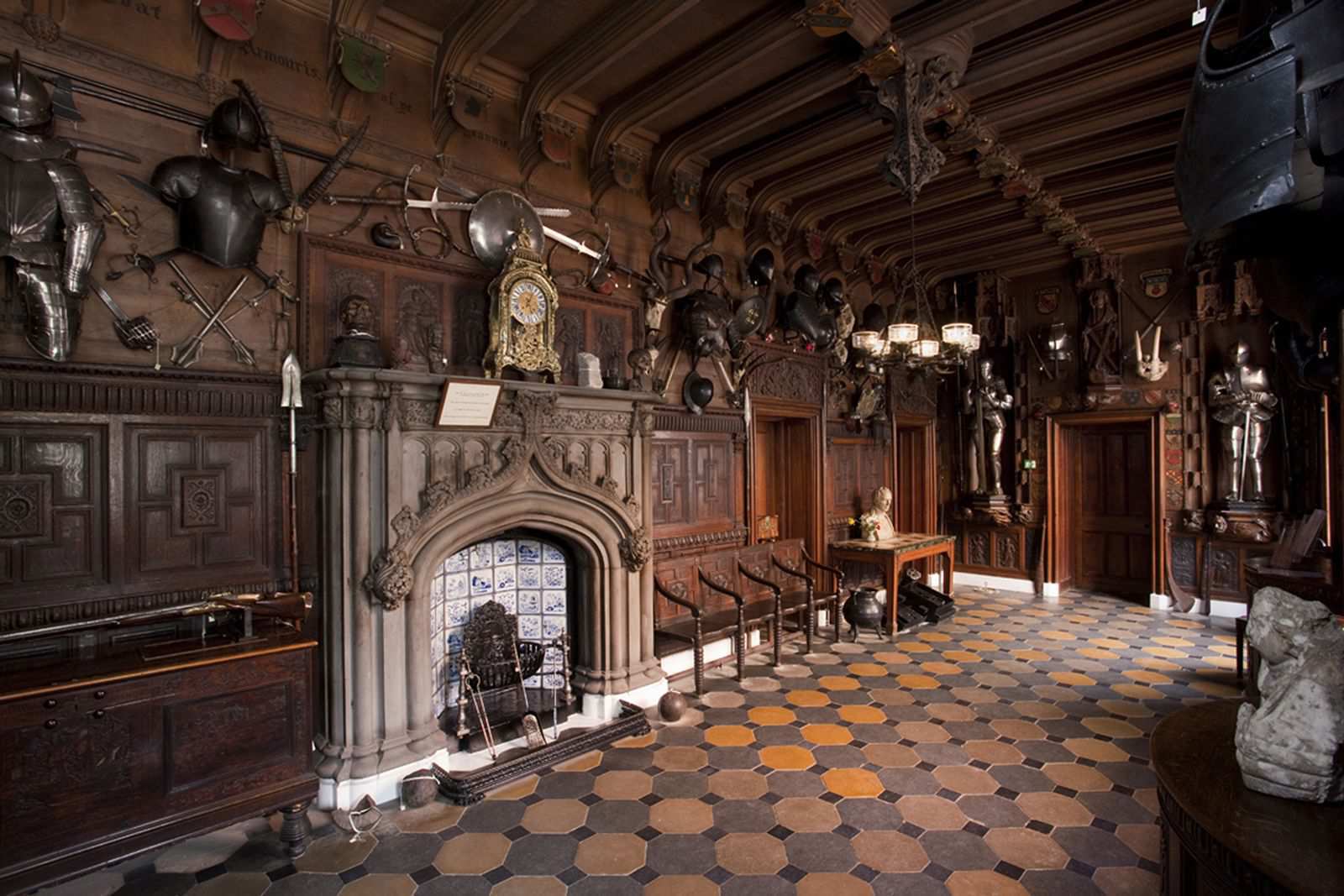Mongol-Song dynasty wars period, 12th-13th centuries. Jin Dynasty Tungusic, modern NE China. Jurchen, who later adopted the name Manchurian. Nicolle illustrates an example, #811g, but, having no existing example to reference, quotes Shavkunov. We have two examples (of over 1000 ancient arrowheads in our collection) only and know of no others. Both exhibit the reverse tapered form known to be used by the Mongols, but with a rounded swell to the leading edge. The purpose of the general form is speculative and the purpose of these refinements of the form is nothing short of mysterious. Virtually all arrows have piercing points. These are designed to cut. One theory is that they were bow string cutters, seemingly far-fetched by today’s perception, however, the skill of all early archers is difficult to appreciate as just a hand full of modern archers compare and likely none can match the skill of the historic best. The straight “knife-edge” would be ineffective depending on the point of impact of the string, while the central swell insured a sliding impact and cutting action. This example is 4 5/8" long, identical to the Nicolle model and preserved with much original surface and minimal degradation along one side only.







